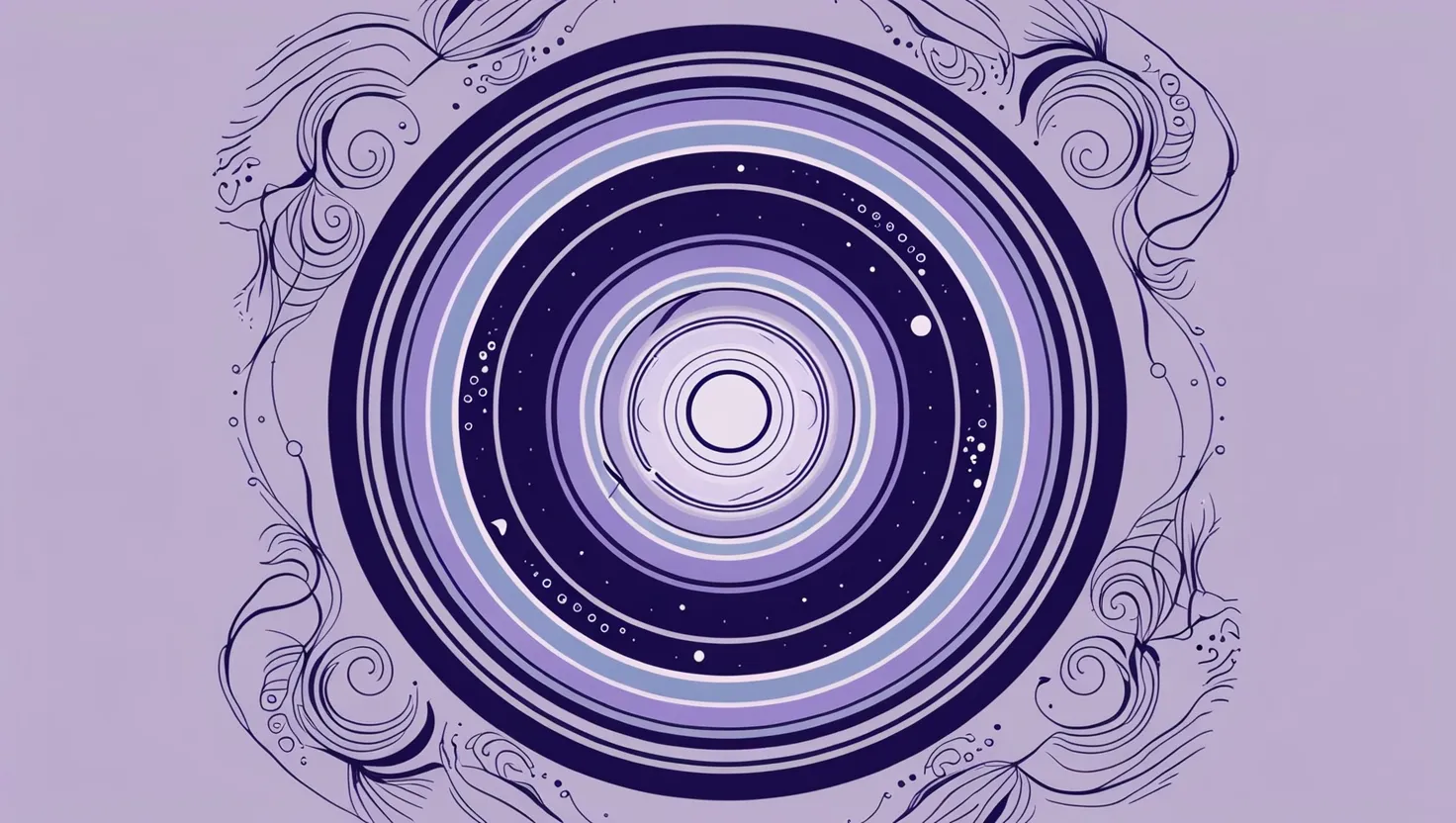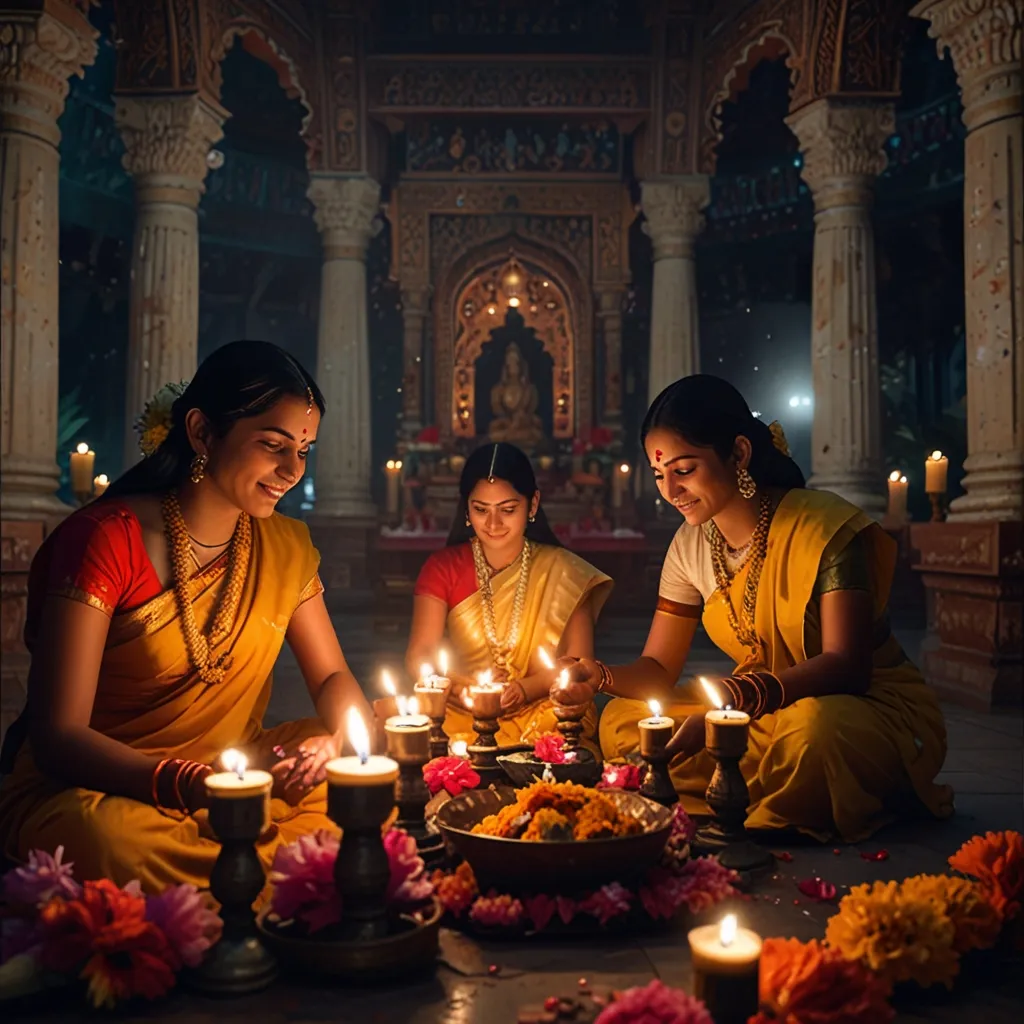Ahimsa - the principle of non-violence and compassion towards all living beings - forms the bedrock of Hindu ethics and spirituality. This profound concept extends far beyond simply refraining from physical harm. It encompasses our thoughts, words, and deeds, calling us to cultivate an attitude of universal love and respect for life in all its forms.
As I delved deeper into exploring ahimsa, I was struck by how this ancient wisdom offers such relevant guidance for navigating the complexities of our modern world. At its core, ahimsa recognizes the divine spark present in every creature and the fundamental interconnectedness of all existence. When we truly internalize this perspective, it naturally fosters a sense of reverence for nature and respect for the intricate web of life on our planet.
The great Hindu epics and philosophical texts consistently emphasize ahimsa as a supreme virtue. The Mahabharata boldly proclaims:
“Ahimsa is the highest dharma. Ahimsa is the best tapas. Ahimsa is the greatest gift. Ahimsa is the highest self-control. Ahimsa is the highest sacrifice. Ahimsa is the highest power. Ahimsa is the highest friend. Ahimsa is the highest truth. Ahimsa is the highest teaching.”
This powerful declaration underscores how central non-violence is to Hindu thought. But what does it really mean to practice ahimsa in our daily lives? How can we embody this lofty ideal amidst the pressures and conflicts of the real world?
The ancient sages wrestled with these very questions. They recognized that absolute non-violence might be impossible to maintain perfectly. After all, even the simple act of walking inevitably harms microscopic organisms. Does this mean ahimsa is an unattainable goal?
Not at all. The sages developed nuanced interpretations that offer practical guidance for minimizing harm while fulfilling our necessary duties and responsibilities. They emphasized intention and mindfulness over rigid rules. The key is to cultivate an attitude of compassion and make conscious choices to avoid unnecessary violence or cruelty.
This pragmatic wisdom provides a framework for navigating complex ethical dilemmas. For instance, how do we balance ahimsa with the need for self-defense or protecting the vulnerable? The Hindu tradition acknowledges that there may be extreme circumstances where the use of force is regrettably necessary as a last resort. But even then, it should be carried out with a heavy heart and only to the minimum degree required.
Mahatma Gandhi’s application of ahimsa as a powerful force for social and political change demonstrated its relevance far beyond personal ethics. His satyagraha philosophy showed how non-violent resistance could overcome even entrenched systems of oppression. Gandhi wrote:
“Non-violence is the greatest force at the disposal of mankind. It is mightier than the mightiest weapon of destruction devised by the ingenuity of man.”
This radical approach continues to inspire movements for justice and human rights around the world. But we need not be great leaders to put ahimsa into practice. We can start by examining our own habits and choices.
How might the principle of non-violence shape our diet, our consumer choices, or how we treat the environment? What would it mean to practice ahimsa in our speech - refraining not just from harsh words, but also from gossip or divisive talk? How can we cultivate greater compassion towards those we disagree with?
These are not easy questions, but wrestling with them can lead to profound personal growth. The practice of ahimsa challenges us to expand our circle of empathy ever wider. It asks us to see the humanity in our opponents and the sanctity of life in even the smallest creatures.
In our increasingly interconnected yet polarized world, the wisdom of ahimsa feels more relevant than ever. It offers a path towards healing divisions and building a more sustainable, compassionate society. Non-violence in thought, word, and deed creates ripples that extend far beyond our individual actions.
Of course, fully embodying ahimsa is a lifelong journey. We will inevitably fall short at times. The key is to approach the practice with humility, self-compassion, and a willingness to keep learning and growing. Each small choice to act with greater kindness and mindfulness is a step in the right direction.
Ultimately, ahimsa presents a powerful vision of human potential. It is not merely about abstaining from harm, but actively cultivating love, empathy, and respect for all forms of life. In doing so, we align ourselves with the deepest truths of existence and tap into our own divine nature.
As we face unprecedented global challenges, from climate change to social upheaval, the ancient wisdom of ahimsa offers a beacon of hope. It reminds us that the most potent force for positive change lies within each of us - in our capacity for compassion, our commitment to justice, and our recognition of our fundamental interconnectedness.
What would our world look like if we all strived to embody ahimsa more fully in our lives? How might it transform our relationships, our communities, our planet? These are questions worth pondering deeply. For in contemplating them, we open ourselves to profound personal and collective transformation.
The journey of ahimsa begins with a single step - a conscious choice to approach life with greater kindness and reverence. Will you take that step today?






